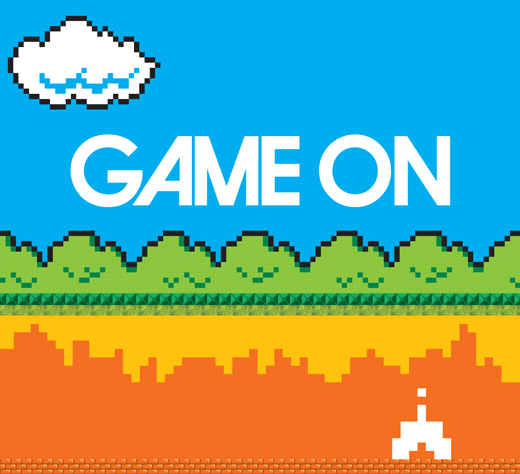In this blog post I will try to answer the question, what is gamification? This is a very important question for any one who needs to motivate people to take action or to simply make a product or service more enjoyable.
Ever wondered what it is about Angry Birds that has generated over 1 billion downloads? Is there anything you can learn from that game to apply to your product to make more people like it, you bet there is. It’s called gamification.
So what is gamification? and how do I apply it to solve real world problems?
There isn’t one universal definition but in general it’s the use of game elements and game design techniques in non-game contexts.
For example, Samsung Nation is an example of a company using game elements to get more traffic and more interaction with their products. They motivate users to write reviews, watch videos, find out more, register products they have already bought, etc. They use simple elements they took from games like leader boards, badges, points etc. They ultimately want you to buy more products and are using game elements to reach that goal.
Another great example is the Nike Plus app. It uses the accelerometer on your phone to make your experience of running more game like. It tracks your data, compares you to other runners, has goals and challenges and if you achieve those goals you earn medals and trophies. They also built in ways to connect with friends to get encouragement. So the game structure around the task of running somehow make the experience of running feel more rewarding by using their app.
A competing app also meant to get people running is Zombies Run. But here the app is telling you that you are being chased by a group of zombies that want to kill you and eat your brains. So it is simply making your run more fun, which is different from Nike Plus which is using challenges and rewards.
There are even products like Keas which is a service that helps people in companies engage in activities that makes them healthier, using regular game elements. Such as:
- Points
- Quests
- Avatars
- Social graph
- Levels
- Progression
- Resource Collection
But games are not just a jumble of elements stuck together in a half hazard way, rather they use game design that is systematic, thoughtful and artistic. All of course, for the purpose of being fun. This involves technology, algorithms, engineering while approaching problems using concepts that relate to all games while applying them to novel situations.
Some gamification examples focus on the elements and some focus more on the game design but all require a non-game context. Meaning, what the user is doing is game like but the purpose has a validity and intention independent of the experience of the game-like elements.
I hope this shed some light on gamification and please let me know of other good examples you have experienced in the comments below.







